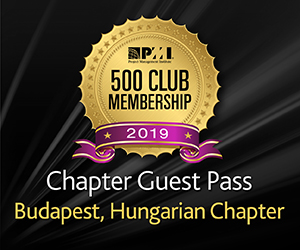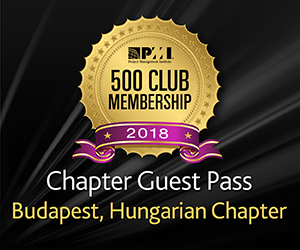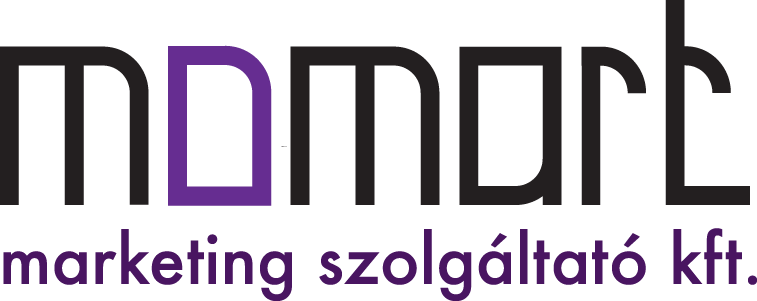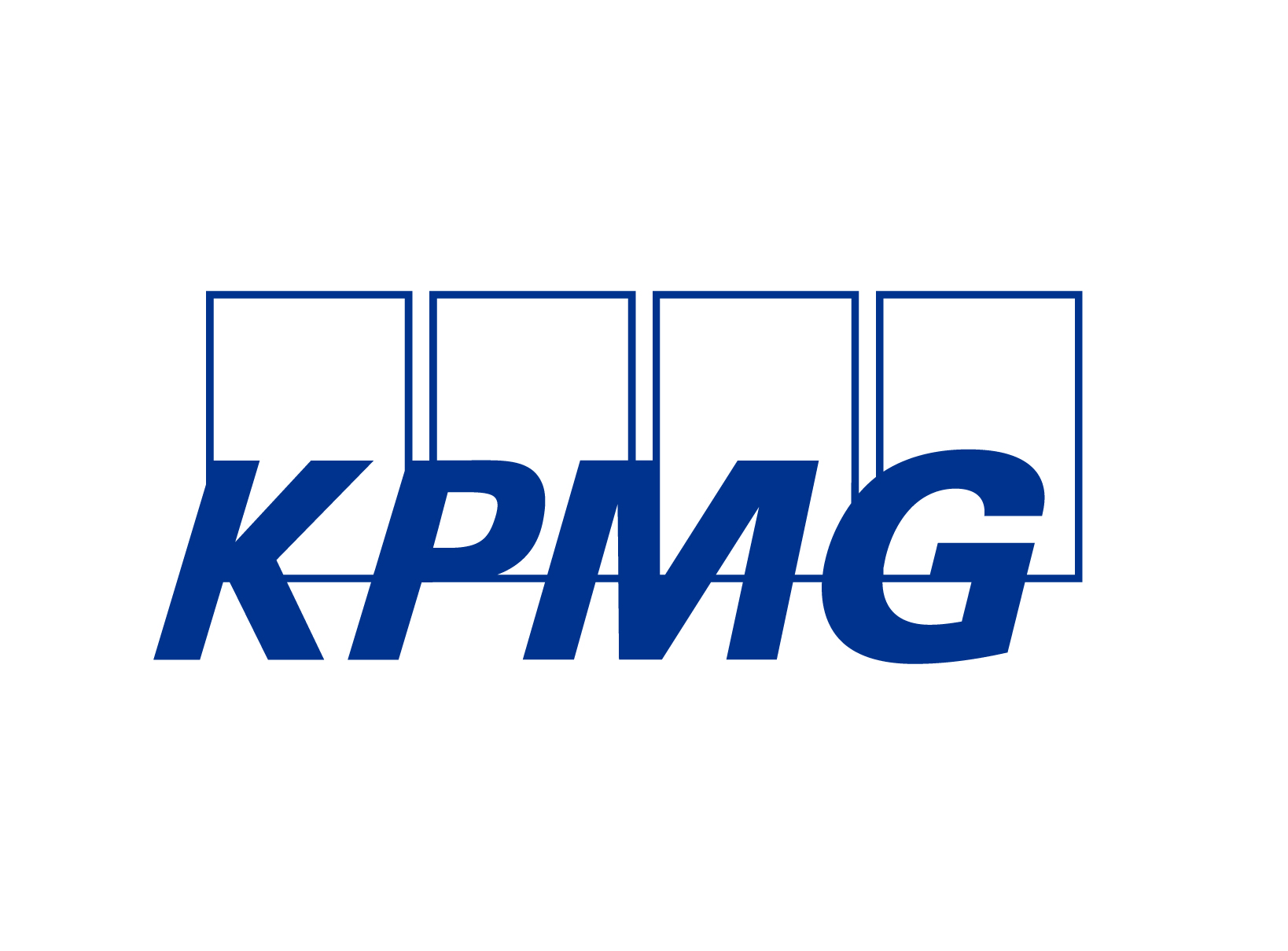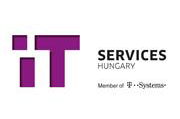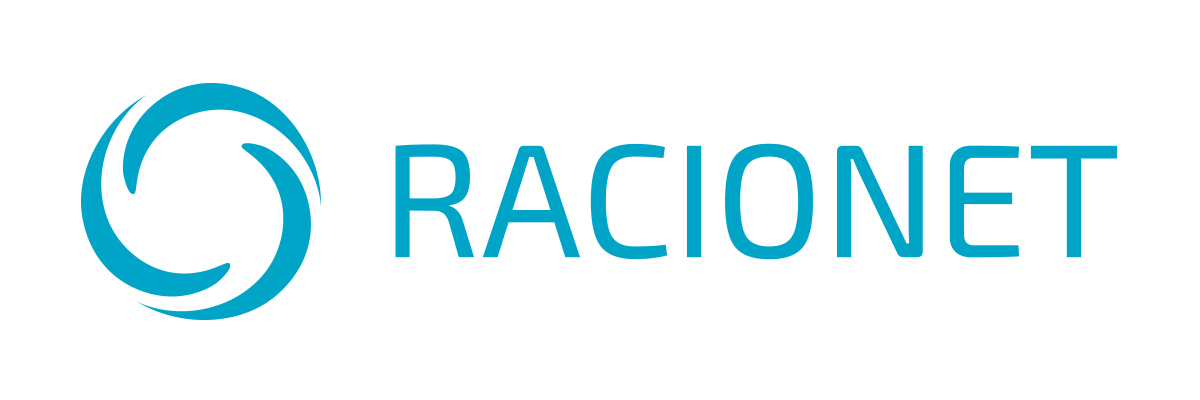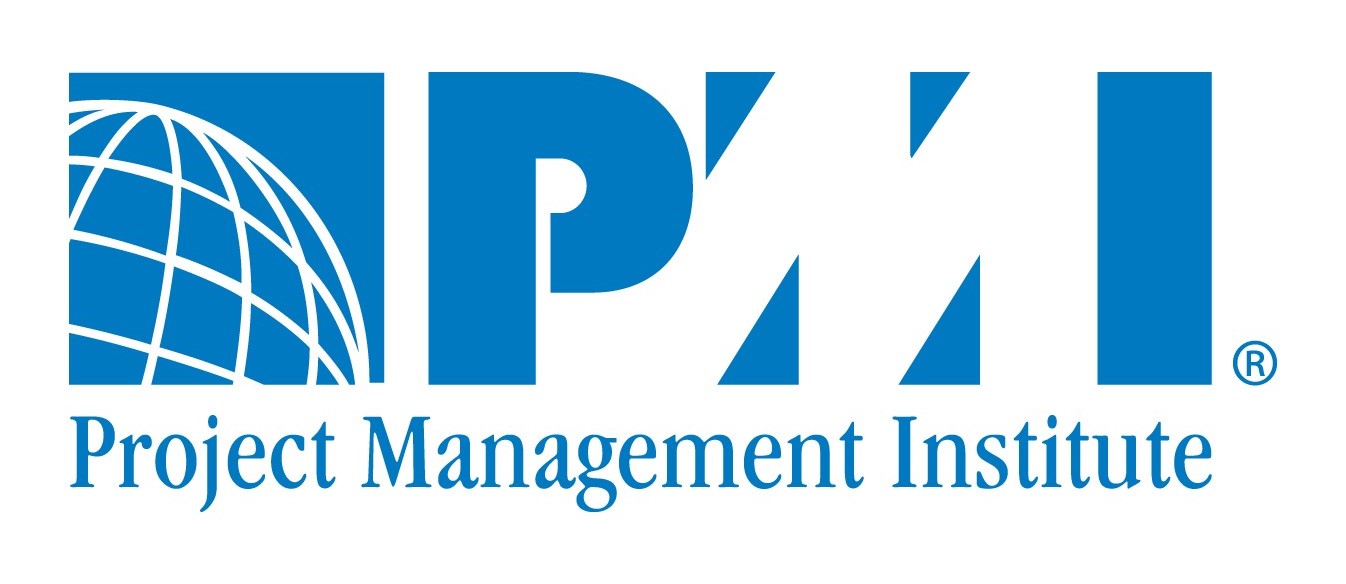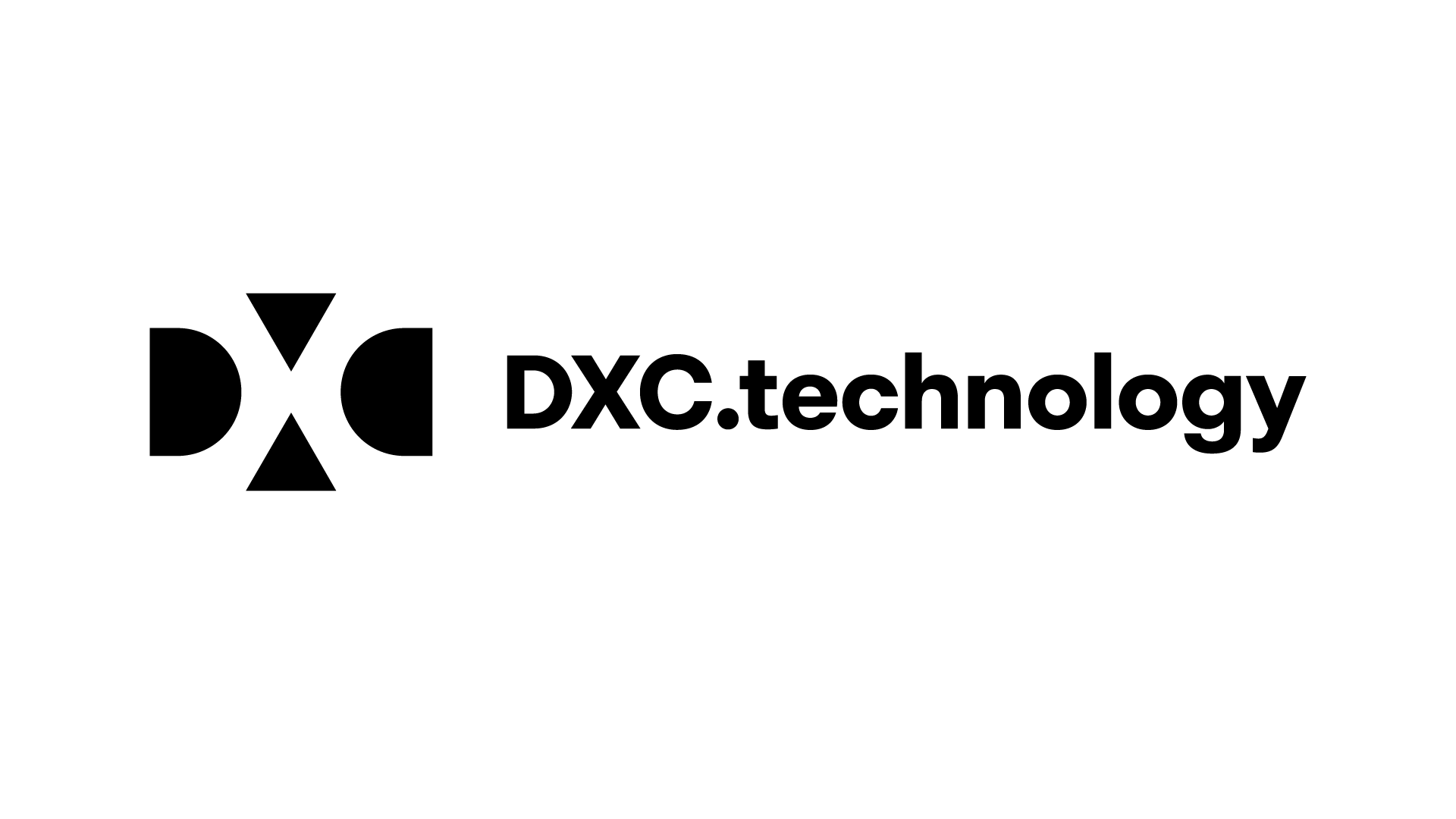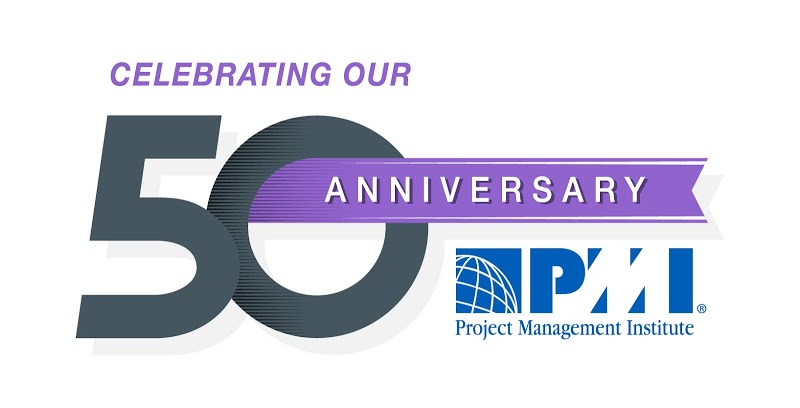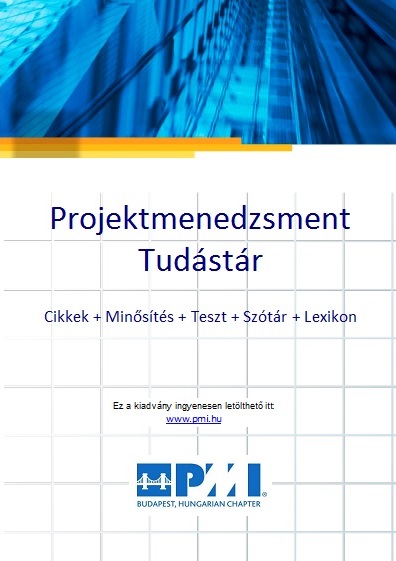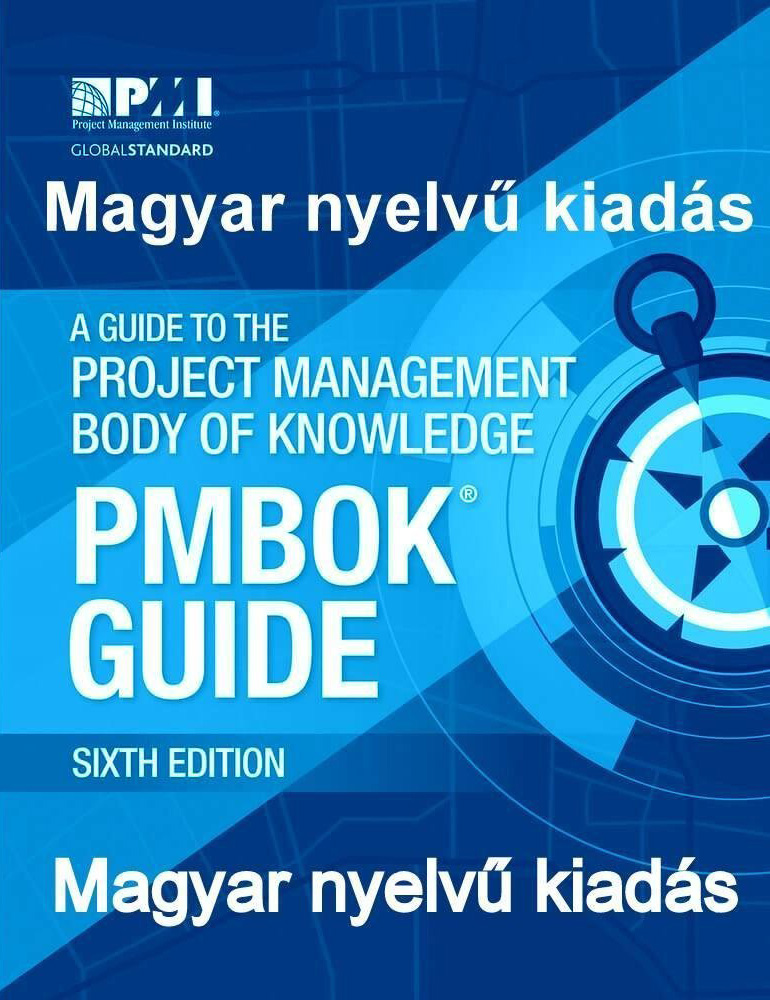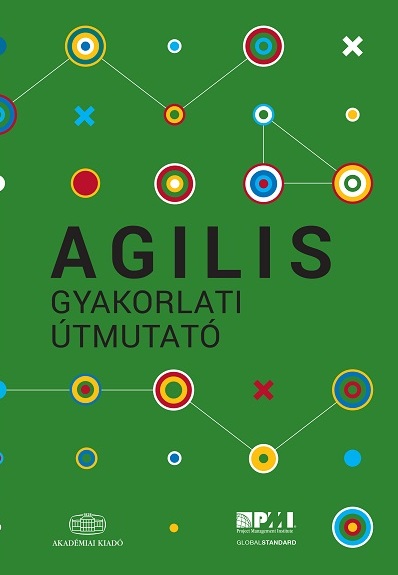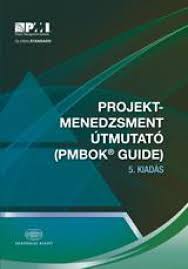Project stakeholders can be helpful, obstructionist and almost anything in between – but for most stakeholders, how you deal with this is largely up to you! The only certainty is your stakeholders are not about to go away and ‘leave you in peace’……
There are three basic ways to deal with stakeholders
Crisis management
You basically choose to ignore the ‘stakeholder problem’ until something dramatic happens and then react to deal with the ‘crisis’! Doing nothing may seem like a good idea when confronted with all of the other demands of the project (not to mention doing ‘real work’) but this is false economy. When the crisis erupts you are reacting to someone else’s agenda which places you in a vulnerable situation, the atmosphere is typically hostile and the time and effort needed to recover the situation can easily exceed the time and effort needed to employ any of the alternative options.
Stakeholder management
Shifts from reactive to proactive. By proactively managing your stakeholder community you will eliminate most of the crises and be in a much stronger position to deal with any that do ‘blow up’. Stakeholder management involves identifying your stakeholder community, recognising their needs and expectations and implementing a planned communication strategy to maximise their support for the project and minimise any opposition. Through regular, planned communication activities (remembering communication is a two-way process) you seek to identify issues and problems before they become significant and take appropriate steps to exploit opportunities and defend against emerging threats and problems. As with any ‘management’ function, the manager seeks to control and optimise the situation. This is essentially a ‘push’ process and includes elements such are ‘reporting’, ‘public relations’ (PR) and in larger projects and programs may extend to ‘customer relationship management (CRM).
Stakeholder engagement
Requires a paradigm shift in thinking! Rather than trying to manage stakeholders to achieve the predetermined outcome your project was established to deliver, stakeholder engagement invites stakeholder to become part of the process designed to fulfil their requirements. The ‘solution’ evolves and adapts based on the interaction between the project team and its key stakeholders. Opening up to stakeholders and inviting them to be part of the solution to ‘their needs’ requires letting go of the concept of ‘one correct solution’ to an identified problem. In place of the ‘one answer’ the project team and its stakeholders work together to develop an agreed outcome.
The concept of stakeholder engagement is a central tenet in the Agile Manifesto where the client and the project team work together to develop the ‘best’ solution to the clients needs; but ‘agile’ is not the only way to open up the power of stakeholder engagement. Many modern forms of contract, typically used on major construction and engineering contracts also recognise that collaboration between key stakeholders reduces risk and increases the value of the project for everyone. Alliance contracts, ECI contracts, and various forms of partnerships and ‘supply chain’ arrangements all seek to remove the ‘command and control’ management approach to delivering defined outcomes, based on inflexible contract conditions; with collaborative working arrangements focused on achieving a mutually beneficial outcome.
Breaking habits formed over decades of ‘hard contracting’ and the almost routine litigation that follows is not easy, but does seem to be worth the effort. Numerous surveys (primarily in the UK construction sector) have consistently shown that the client gets a better outcome for less cost and the contractors make more profits working in a collaborative environment where everyone is ‘pulling in the same direction’. These results are replicated in the information emerging from ‘Agile projects’ where the magic trifecta of better, cheaper and quicker seems to be regularly achieved.
So my question to you is are you still trying to ignore your stakeholders and operate in the crisis management mode, have you moved towards effective stakeholder management and are you willing to take the plunge and go for full-on stakeholder engagement?
Stakeholder engagement is not an easy option, you require a range of skills that are quite different to traditional management but the results are definitely worth the effort! The beauty of stakeholder engagement is you open up to your stakeholders, and allow them to help you successfully deliver their requirements. A real win-win outcome.

